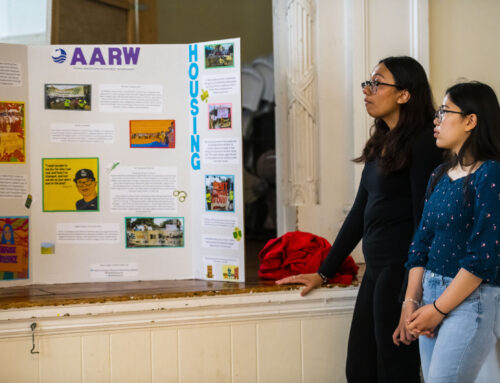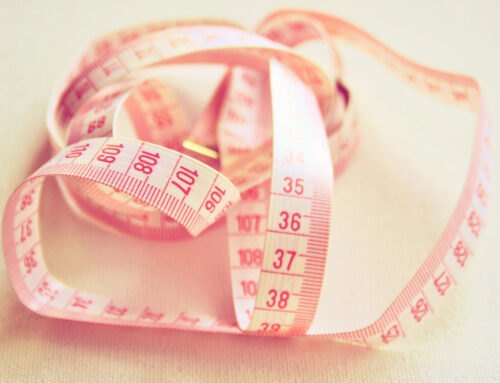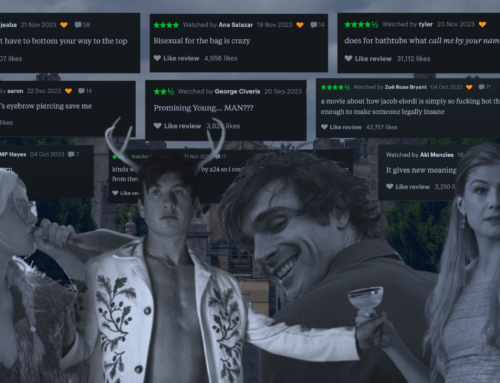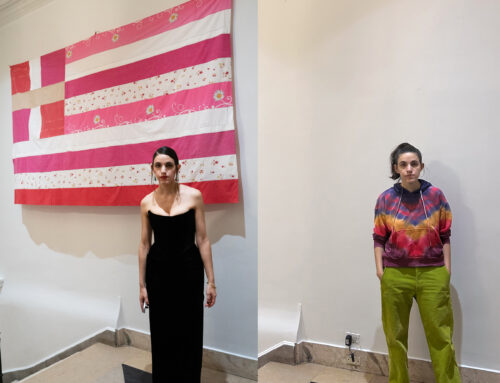When George Floyd was murdered by St. Paul police officers in May, 22-year-old tennis legend Naomi Osaka flew to Minnesota to pay her respects to Floyd and join the Black Lives Matter movement protests. She penned an essay for Esquire which detailed her own lived experience about being a biracial woman in Japan and of her time in the States. She asked herself what she would be doing to make a difference if she didn’t play tennis.
“Being on the ground in Minneapolis was what felt right at that moment,” she wrote. “I flew to Minneapolis with my boyfriend days after the murder to pay our respects and have our voices heard on the streets. We grieved with the people of St. Paul and protested peacefully. We visited the George Floyd Memorial and connected with those who came together to mourn yet another senseless act and life lost without reason.”
When big names like Osaka take a stand against racism, the public thinks it’s an opportunity to discuss how someone with a large following uses their platform, which distracts from the power of Osaka’s actions. And when it’s not someone with stardom, their efforts often go unnoticed, which was the case for a number of WNBA players four years ago.
In 2016, shortly after the murders of Philando Castile and Alton Sterling, the Minnesota Lynx sported “Change Starts With Us: Justice & Accountability” shirts to practice to honor the wrongfully convicted Jonathan Irons, who is a Black man who had been wrongfully incarcerated since 1997. Soon after, the New York Liberty and Phoenix Mercury WNBA teams wore similar black shirts to practice. Then the WNBA fined players for being ‘out of uniform.’
After the events in 2016, WNBA players continued to protest (at this point the fines against them had not been dropped by the league yet). New York Liberty team member Tina Charles, who was the team’s forward at the time, turned her warm-up shirt inside out when accepting her Player of the Month award.
“I decided to not be silent in the wake of the WNBA fines against @nyliberty, @indianafever & @phoenixmercury due to our support in the #BlackLivesMatter movement,” Charles wrote on her Instagram. Her team and the Indiana Fever then held a media blackout; no one talked about the game during the press conference––their attention was on bigger issues at hand in the United States.
This was only the beginning for the WNBA. Since then, teams met with Michelle Obama to talk about the importance of voting, and the league helps all eligible players register to vote and to complete the 2020 Census. All of these efforts are part of the WNBA Social Justice Council which was established before their current season began.
Eighty percent of WNBA players are Black, so their actions are extremely personal––the league is not just fighting for Black lives but for their own lives.
“When most of us go home, we still are Black and our families matter,” Washington Mystics guard Ariel Atkins said on ESPN this past August on sitting out of a game. “I think that will be more of the focus going forward, trying to make sure that we are all in these conversations, literally everyone, and finding out ways that we can get to the law part of the problem,” she said.
Female athletes live in the shadows of their male counterparts, but they have been always working hard to achieve equality on all fronts: it’s time to start recognizing their activism and efforts.
While Naomi Osaka is famous for her athletic accolades, her identity as a biracial Black and Asian woman is not something that can be separated from her fame. Osaka knows young children are watching her both on and off the court––especially ones that look like her.
“In reality, biracial people—especially biracial athletes—are the future of Japan. We (myself, Rui Hachimura, and others) have been embraced by the majority of the public, fans, sponsors, and media,” she wrote in her essay for Esquire. “We can’t let the ignorance of a few hold back the progressiveness of the masses.”
Her success has helped change expectations placed on biracial people in Japanese culture. She concludes her essay on this point:
“I love the thought of a biracial girl in a classroom in Japan glowing with pride when I win a Grand Slam. I really hope that the playground is a friendlier place for her now that she can point to a role model and be proud of who she is. And dream big.”
When Osaka marches with the people of Minneapolis or when the WNBA cancels their game to protest Jacob Blake’s death, these female athletes show us that there is no sphere cut off from the painful realities of inequality. Their voices extend beyond any court — voices we must listen to.



